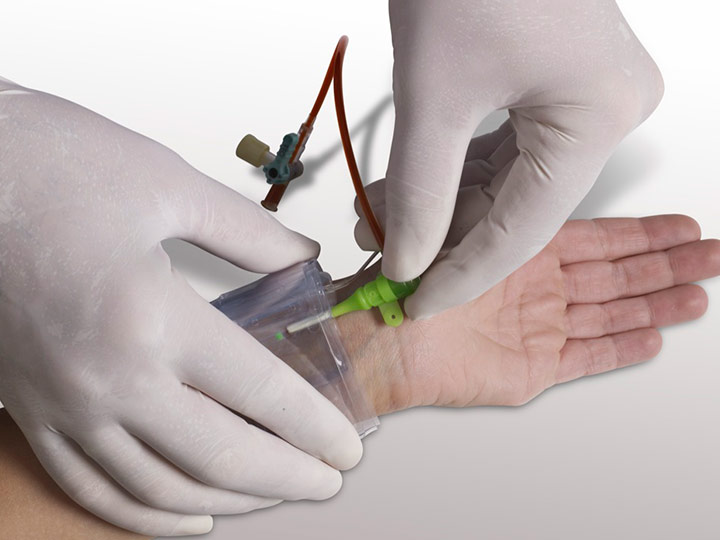
The aim of this meta-analyzis was to study the relation between bivalirudin and access site in patients undergoing acute coronary syndrome (ACS).
Both bivalirudin and the transradial access site are strategies aiming at reducing bleeding complication in patients with ACS undergoing invasive approaches.
The interaction of both strategies and the potential benefits of their combined use have not been studies yet.
This analyzis included randomized and controlled studies comparing bivalirudin with heparin with or without IIb/IIIa glycoprotein inhibitors in patients undergoing ACS, with results stratified by access site.
In all, 8 studies with 27,491 patients were analyzed. Bivalirudin reduces major bleeding in patients treated via femoral access site (OR: 0.51; IC 95%: 0.46 to 0.6; p < 0.001) but not via transradial access site (OR: 0.75; IC 95%: 0.45 a 1.26; p=0.28).
On the other hand, the transradial approach reduces major bleeding in patients receiving heparin as anticoagulant (OR: 0.57; CI 95% 0.43 to 0.77; p < 0.001) but not in those treated with bivalirudin (OR: 0.96; CI 95% 0.65 to 1.41; p=0.83). There were no differences in major adverse cardiovascular events or in all-cause mortality between bivalirudin and heparin, regardless of access site.
Conclusion
Bivalirudin reduces bleeding risk only in patients treated via femoral access site and the transradial approach reduces bleeding in patients receiving heparin. There are no additional benefits in the combination of both strategies in patients undergoing ACS.
Original Title: Combined Use of Bivalirudin and Radial Access in Acute Coronary Syndromes Is Not Superior to the Use of Either One Separately Meta-Analysis of Randomized Controlled Trials.
Reference: George S. Mina et al. J Am Coll Cardiol Intv. 2016;9(15):1523-1531.
We value your opinion. You are more than welcome to leave your comments, thoughts, questions or suggestions here below.





